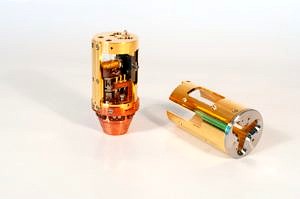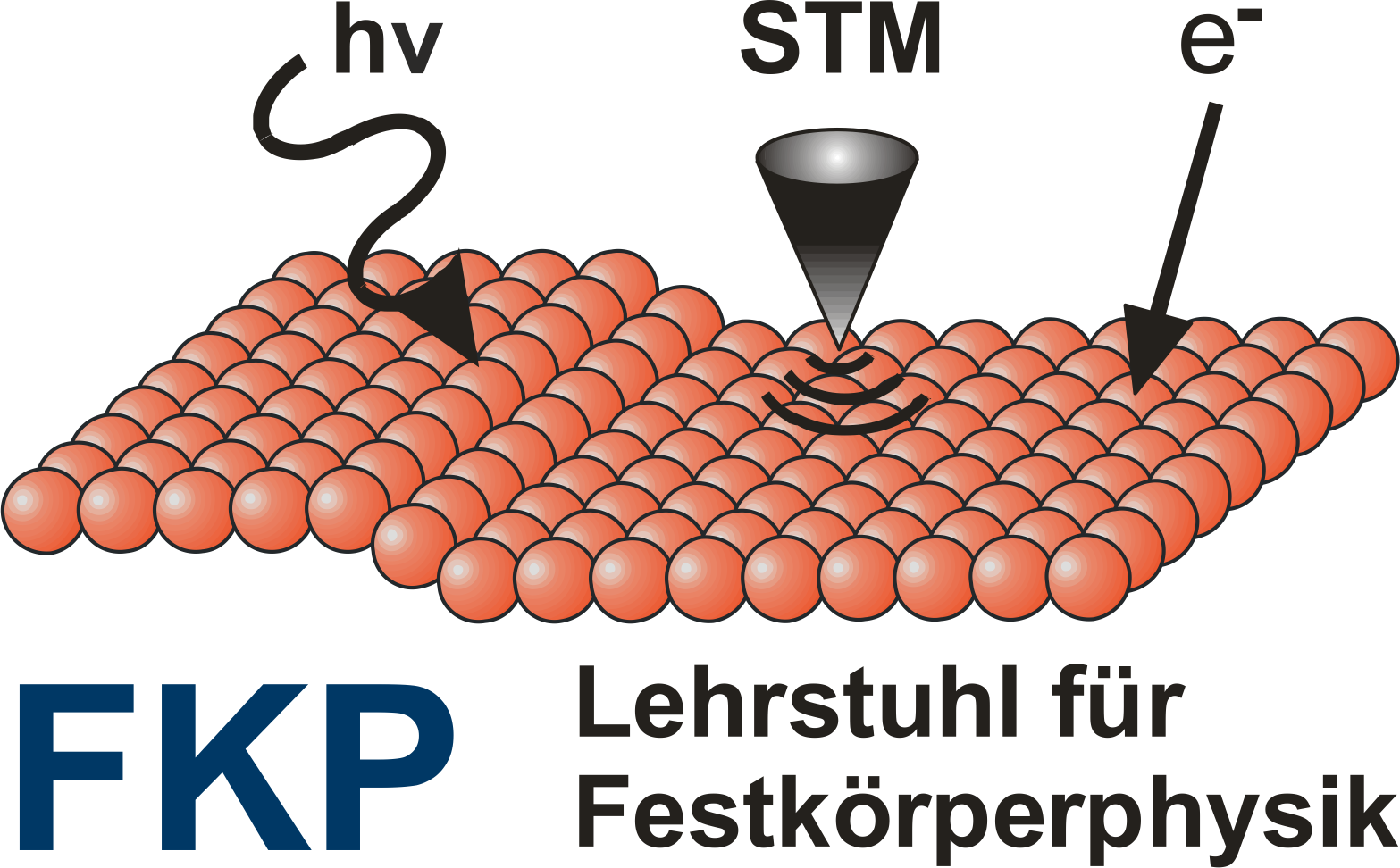Scanning tunneling microscopy
Ultra-high vacuum STM

We have three STMs operating in ultra high vacuum at room temperature, which are fitted to different ultra-high vacuum chambers. These systems are mainly used for studies of nanostructure growth. Each of them with a different aspect: system A is dedicated to metal film growth by pulsed laser deposition, system B to growth and analysis of oxide films and system C to growth of metal alloy systems. The STMs are complemented by LEED, XPS, Auger and other analysis techniques.
Low-Temperature STM
We operate two low-temperature STMs at liquid helium temperature (4.2K) dedicated for Scanning Tunneling Spectroscopy (STS). Mechanical setups and electronic control systems were developed in our group offering outmost flexibility for future developments. Our two Instruments are:
- HADES “HADES” is the Franconian acronym for “High-resolution Tunneling Electron Spectroscopy”. The instrument deserves its nickname also because it is located in the “underworld” of our institute. The reason is, that we are remote from the dayly noise and commotion in the rest of the building, giving us excellent stability of the instrument. HADES is dedicated to STM investigations that require ultra-high vacuum AND low-temperatures such as single atoms and molecules at surfaces and low-temperature phenomena at surfaces of complex alloys. It can be cooled with liquid helium or liquid nitrogen, giving a base temperature of 5K or 80K respectively. The operator, however, controls the instrument from his or her office.
- LHe-STM The LHe-STM is an STM that operates when immersed in liquid Helium (4.2K). As a consequence its setup is relatively simple at the expense that samples have to be cleaved in liquid helium to expose a clean surface. However, also inert systems like graphene can be investigated if the cleanliness of an air exposed surface is acceptable. This instrument lends itself to serious research that can be carried out during short-term projects, e.g. a bachelor thesis.
STM-Tutor
This tutorial gives an overview about the princible and some applications of the scanning tunneling microscope.
